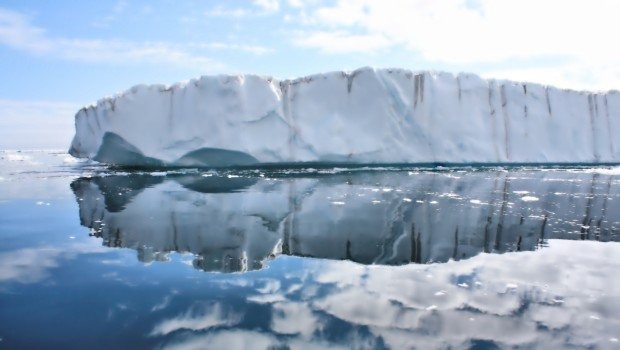Recently, climate scientists announced that the ice sheet of western Antarctica could collapse into the sea. But at the same time, ice sheets in eastern Antarctica are actually growing. While some people might be confused by this contradiction. However, this is a perfect example of how climate change can affect areas differently.
According to NASA glaciologist Jay Zwally the total amount of ice in Antarctica is still increasing despite the warming of the earth because of increased snowfall and moisture that came from the Ice Age thousands of years ago.
Indeed, to this day, the current snowfall in Antarctica is greater than the ice that is lost by melting glaciers. In fact, ice sheets in the area might actually reabsorb some of the glacial ice that is lost in the melting process.
However, this does not mean that all is well in Antarctica. Reports show that east Antarctica had gained 112 billion tons of ice every year from 1992 to 2001. However, the growth rate dropped to 82 billion tons from 2003 and 2008. This growth rate has continued to drop ever since.
Additionally, the melting of the glaciers in the Amundsen Sea could have drastic effects on the region’s western ice cover.
Zwally explained, “If the losses of the Antarctic Peninsula and parts of West Antarctica continue to increase at the same rate they’ve been increasing for the last two decades, the losses will catch up with the long-term gain in East Antarctica in 20 or 30 years. I don’t think there will be enough snowfall increase to offset these losses.”
At one point in time, the sea cap of Antarctic ice was one a solid sheet. Now, it has been fragmented into smaller portions that are more prone to melting from warmer waters.
Think of it like putting an ice cube into a hot drink. One giant large ice cube will last longer than two smaller ice cubes. Antarctica has essentially been broken up from one giant ice cube into sections of smaller ice cubes.
If western Antarctica ice continues to melt the remainder of the ice cover could malt as well. It’s very possible that the entire ice sheet of western Antarctica could collapse into the ocean. Computer models show that global sea levels would rise more than ten feet if this were to occur.
There are not many features in Antarctica that would stop this from happening. And as more melting occurs, future melting will occur at a faster rate.
Luckily, this would take hundreds of years to take place. Still, we are on a very dangerous path that is only going to spiral more and more out of control over time.
So even though some ice in Antarctica might be getting thicker, it’s only a matter of time before we start seeing melting happening faster and faster.
Stay Connected